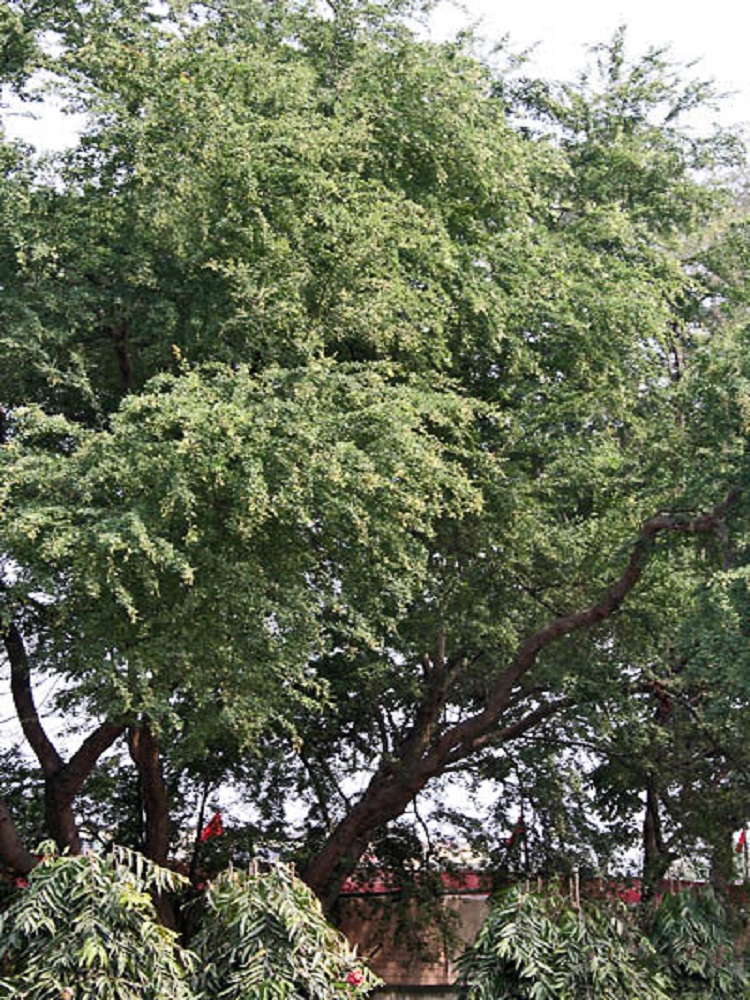Jungle Jalebi - Monkey Pod Tree

Pitecellobium dulce
Summary
Scientific Classification
Kingdom: Plantae
Division: Angiosperm
Class: Dicotyledonae
Order: Fabales
Family: Fabaceae
Genus: Pitecellobium
Species: P.dulce
Scientific Name: Pitecellobium dulce (Roxb.) Benth.
Common Names:
English: Monkey pod, Madras thorn, Malina tamarind.
Hindi: Jungle jalebi, Ganga imli.
Kannada: Seeme Hunse, seeme Hunase.
Marathi: Vilayati chinch.
Description:
- Habit & Habitat: it is evergreen, armed, medium-sized and deciduous tree growing up to 15-20 m high. Dry, brushy or thinly forested plains or hillsides, often in coastal thickets, at elevations from sea level to 500 metres.
- Distribution: Pithecellobium dulce is native to tropical and subtropical America. The species has been introduced and extensively naturalised throughout the tropics.
- Morphology:
Leaf: The leaf is compound, bipinnate, with 2 pairs of leaflets and a 2.5-3 cm long petiole. The leaves are dark green-coloured above and paler beneath.
Inflorescence: Terminal racemose panicles.
Flower: The flowers are 5-mer An edible oil is extracted from the seeds.ous.The calyx-tube is campanulate, 5-lobed and 3 mm long and 1.5 mm long and wide. The calyx is light green and finely pubescent. The corolla is composed of 5 greenish-coloured petals. The corolla tube is about 3 mm long and the lobes are 1.5 mm long and acute.
Androecium: The androecium is composed of numerous and filiform stamens.
Gynoecium: The style is filiform and pink-coloured, with a simple stigma at the tip.
Fruit: The fruit are coiled and dehiscent pod. It is about 8-12 cm long and 1.5 cm in diameter and greenish turning brown to red or pinkish coloured when fully ripe. Each pod contains about 8-12 seeds.
Flowering season: December to March.
Fruiting season: From April to June.
Seed: The seeds are ovate, 1-1.5 cm long and black-coloured. The seeds are embedded into a pink or white fleshy aril. - Propagation: By seeds.
- Importance:
The fleshy pulp of the fruit is eaten. The wood is used for fuel. The roasted seeds of Pithecellobium dulce are eaten as blood purifier. An edible oil is extracted from the seeds. The wood is strong, durable and flexible. It is used to make drums constructions, posts, cheap furniture and agricultural implements. The bark, seeds and leaves are sources of tannin. - Location: In front of New Building.
 Trees of GSS Project supported by Makerspace Belgaum Website concept and designe by
Trees of GSS Project supported by Makerspace Belgaum Website concept and designe by